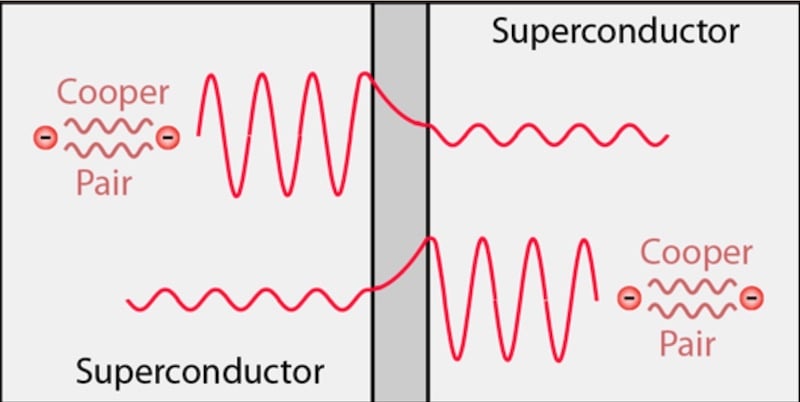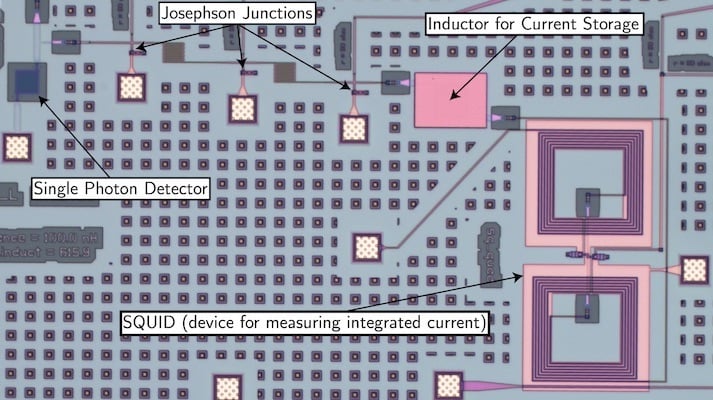In many ways, the human brain is the single most powerful computing platform that has ever been created. Compared to even our best supercomputers, the human brain is more capable, more energy efficient, and also more complex.
For this reason, there has been intense interest in the field of neuromorphic computing, which seeks to match the capabilities of the human brain by mimicking the biological processes within. Last week, researchers at the National Institute of Standards and Technology (NIST) published a paper that describes an advance in neuromorphic computing which they say could unlock computing 100,000x faster than the human brain.
In this article, we’ll discuss the idea of a Josephson Junction and the new research from NIST.
Josephson Junctions
In the world of superconducting electronics, one of the most important devices is known as a Josephson Junction.
The Josephson Junction is a device that consists of two superconducting materials that are separated by a thin insulating barrier. While current flows freely throughout each of the superconducting materials, the presence of the insulation barrier prevents the traditional flow of current between the two superconducting materials. In the Josephson Junction, current can only flow between the superconducting materials by means of quantum tunneling.

Josephson Junction working principle. Image used courtesy of HyperPhysics
When the level of this current across the barrier exceeds what is known as the “critical current”, the materials no longer act like superconductors. Instead, a small voltage appears across the two superconductors (implying the existence of an impedance).
In the development of superconducting circuits, the Josephson Junction has become an important tool for creating blocks such as superconducting quantum interference devices (SQUIDs), superconducting qubits for quantum computers, and rapid single flux quantum digital electronics.
NIST Research on Mimicked Synapses
Last week, researchers at NIST published a new research paper that describes a novel method of using superconducting circuits to mimic synapses for neuromorphic computing.
The motivation behind the research was to find a way to speed up neuromorphic computing by replacing the traditional electronic communications used with optical communications. By using optical communications, the researchers believe they can create neuromorphic computing that is significantly faster and more energy efficient than the current state of the art.

Layout of the mimicked synapse. Image used courtesy of NIST
In this research, the team was able to achieve that by creating a circuit that mimics a biological synapse and only requires the use of a single photon to both transmit and receive signals. The artificial synapse consists of superconducting single-photon detectors that work by leveraging the behavior of Josephson Junctions.
Specifically, the team built single-photon detectors that, when a photon is received, produce a current that exceeds the critical current of the Josephson Junction. When this happens, the charge is added to a current loop, and the total amount of current can be read out by a SQUID.
According to the researchers, this behavior closely mimics that of a biological synapse, as the stored current provides information about how many times a neuron has been fired in the near past. This is essentially a form of short-term memory and can also be extended and tuned through different biasing techniques.
Moving Forward
The researchers believe that this research proves an important step in the field of neuromorphic computing by proving the efficacy of superconducting photonics in place of slower, more power-hungry electrical interfaces. Moving forward, the team plans on combining these synapses with integrated light sources to make their design more scalable and also more complete.
